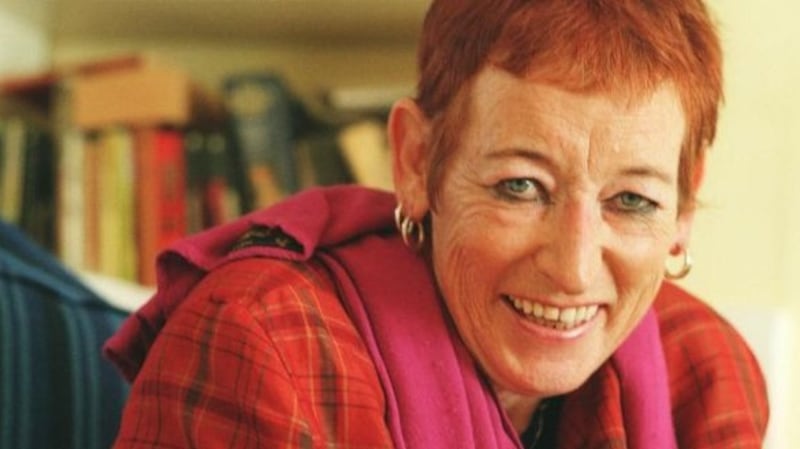Tuesday, August 11th, 1970
As the official figure of homeless people in Ireland recently topped 10,000, with those working in homeless services saying the number is much higher, one is drawn to the historical struggles of people in substandard accommodation here.
Throughout the 1950s, 60s and 70s, there was a steady stream of articles depicting woeful housing situations in Dublin in The Irish Times. One particular article in August 1970 leaps out, as it details with great empathy the frustrations of tenants struggling to keep a roof over their heads and warmth within the walls.
Rembrandt House, a house of 13 flats in Monkstown, Co Dublin, was home to 20 adults and 19 children, and, as the author wrote, “has become the scene of a bureaucratic battle over the past couple of years, the latest stage of which has resulted in the electricity supply being cut off four weeks ago. The families, all with young children, living in cramped one or two-roomed flats, are slowly becoming more desperate by candlelight.”
The tenants were indeed victims of bureaucratic confusion. When the owner of the house, Erich Dahm, left in 1967, the rents were thereafter collected by the Educational Building Society (EBS), who subsequently served an eviction notice. The tenants refused to move, and the rent collecting stalled.
Then, Dun Laoghaire Corporation intervened, demanding rates from the tenants. The electricity bill was exasperated by an ESB strike, and the tenant who was organising the bill’s payment removed his name from the account.
When the ESB refused to allow all 10 families to take joint responsibility for the account, they cut off the electricity supply. “The doorbells don’t work,” the journalist wrote, “Television sets and radios lie idle. Primus stoves and tiny gas rings are being used to help feed, wash and heat the families.”
The article showcased the writing of Mary Cummins, who died in 1999 from cancer. She passed away at her family home in Kerry, and today, The Mary Cummins Award for Women of Outstanding Achievement in the Media is presented annually at the Women In Media conference in Ballybunnion. That conference came under fire this year upon announcing the former taoiseach Bertie Ahern was to deliver a keynote speech, yet at the time of Cummins’s death, Ahern led tributes to the journalist. She was “a loyal champion of women’s rights from a time in the 1960s when the topic did not get much of a hearing,” the then serving taoiseach said.

Cummins was appointed the women’s affairs correspondent in 1991. This particular article was written under the column heading Women First. The desperate situation at Rembrandt House was evoked by Cummins’s characteristic atmospheric writing, prose that managed to conjure a setting instantly, without resorting to flowery language.
“Inside the house is shabby and uncared for,” Cummins wrote. “Plaster is peeling off the walls and the stair carpet is stretched worn in places. One of the women taking me upstairs said it never used to be like that when the owner was around, but somewhat since he went away, things have got worse. It sounds as if the tenants have enough to do to mind their own little space. There are children all over the stairs; perky and vociferous.”
Speaking to one of the tenants, Clara McDonald (25), Cummins guided the reader into the scene. “The electric clock is stopped at 8.55, the time she said when when electricity was cut off. The air in the room is heavy and there’s a pile of washing on the draining board, which she said took ages to do because she had to keep boiling one pot of water on the gas ring, over and over again.”
Cummins ended the article with an insight into the life of another tenant, Theresa Flanagan. “She’s pale and tense and is afraid that she might be pregnant again. ‘Where will we put it, just where?’ The double bed is crammed in against the wall, which has a large damp patch on it. ‘It’s terrible, there’s clothes on the walls and clothes in boxes.’ The baby gurgles happily out of the pram and strains at the straps, but there’s nowhere else to put him.”











